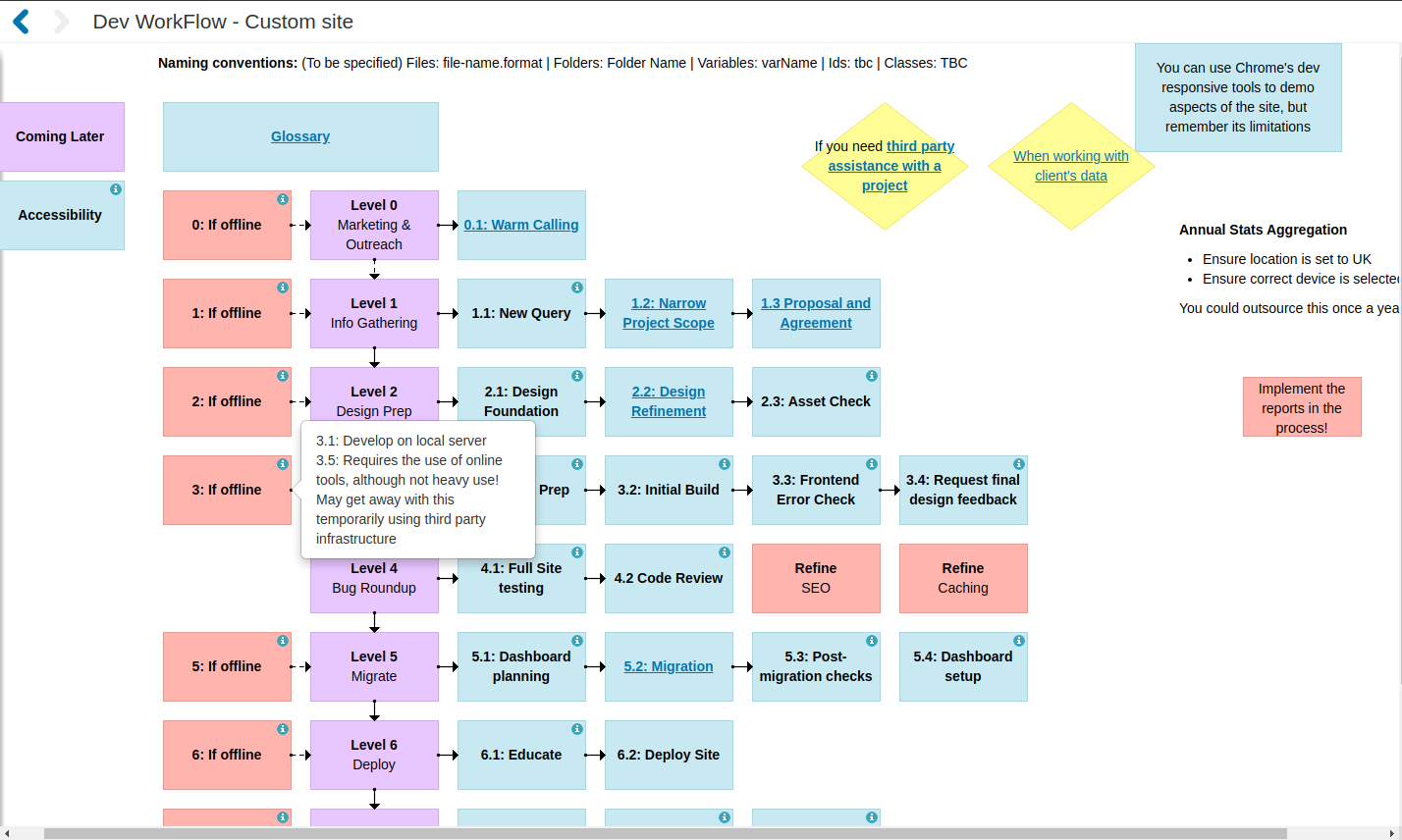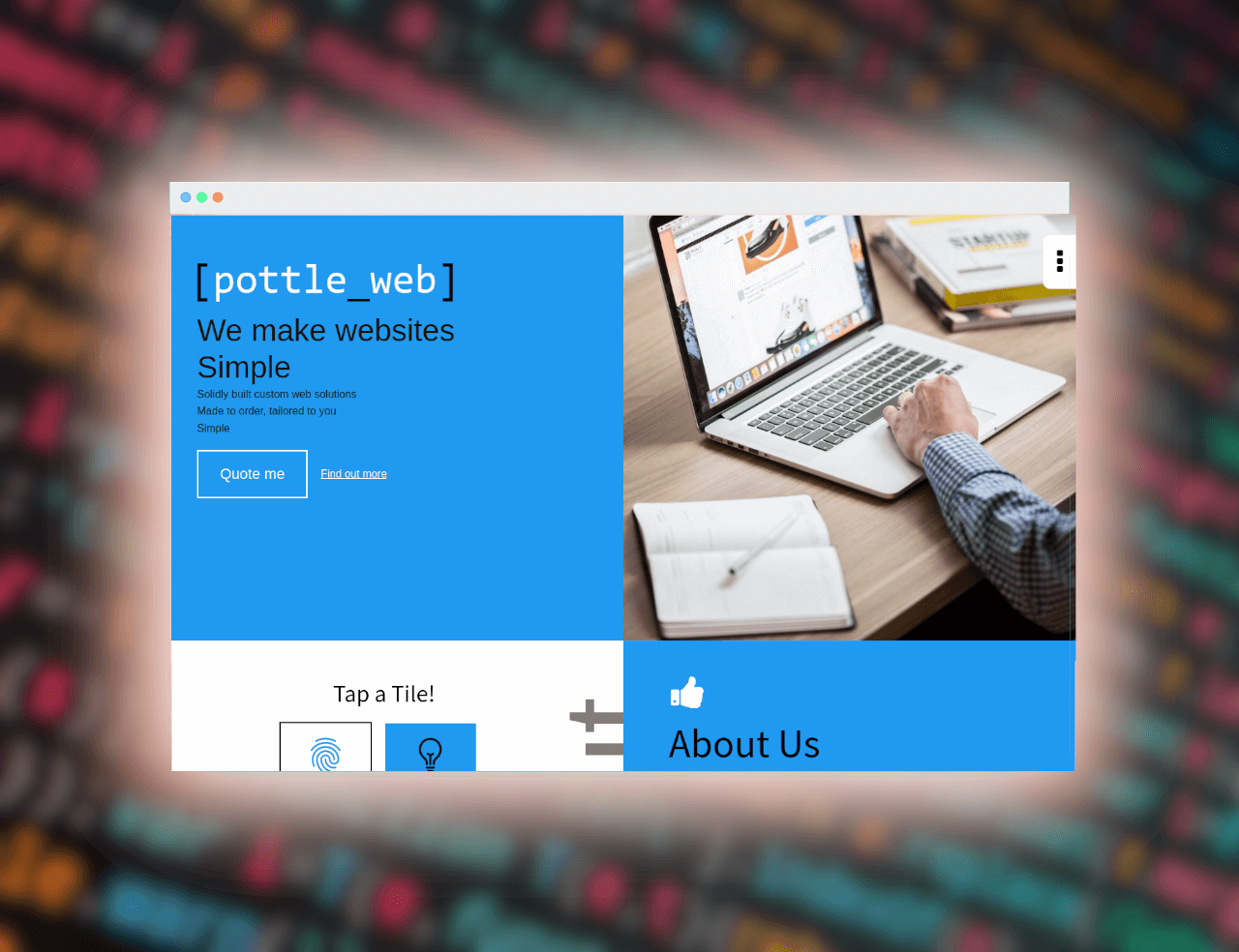
It's increasingly necessary for businesses to connect digitally with their customers in order to capture and maintain a market share in the modern economy. With the onset of the global pandemic especially, many businesses have even leant on their websites as a lifeline allowing their customers and patrons to continue to do business with them despite social distancing and other restrictions.
Regardless of this need, it's evident that many smaller businesses still continue to operate without this fundamental lifeline. In so doing, the impact that such can have on their business is quantifiable to the extent that there is no shortage of media abounding that seeks to describe the precise steps one can take in order to increase online traffic and in turn (hopefully) revenue.
In speaking with various business owners it's also evident that one aspect of this discrepancy is down to technical complexity. For those not inclined to share an affinity with the digital zeitgeist that is the modern economy, it's far simpler to just get by with the things that have worked from of old, regardless of the impact it has on one's business.
There seemed to be a gap in the market here. A quick glance at any trade journal exposes numerous businesses that likely fit the pattern discovered above. Speaking with the owner of one such journal made it clear that there were in fact many businesses whose owners felt precisely that way; that they were frustrated at the complexity of getting online and yet few catering to such a need.
These things in mind, the original aim of Pottle Web Solutions was to simplify the process of creating and owning a website for such ones -- removing the many elements of complexity, and simply providing an experience that led to satisfaction and peace of mind. It was about highlighting novel simplicity in web design for business owners enabling them to reprioritise their focus on their actual businesses.


So there was a need and also an interest. What was required though was an infrastructure; a way of delivering such services to such clients. And so what started as a hastily drawn diagram of a typical project overview became a detailed project map that led clients from the 'cold' stage of onboarding through stakeholder maintenance, and on to a successful project conclusion and handover.
Admittedly it started off as a bit of a rushed process. I was made redundant myself during the Covid summer which forced my hand to move forwards and gain greater traction in attracting clients. This I was able to do with the help of Outset Cornwall.
With each new client something new came up that needed to be addressed so that by the end, the process map was significantly more comprehensive.
At the outset, it was important to me to make clear the value that was being offered by the service I was building. Using Statcounter, I was able to bring data-driven insights into build decisions, prioritising users who would be most impacted. In addition, before starting a project I would itemise and highlight each specific aspect of what was being built so as to quantify its value when we revisited the document at the end of the project. This document also served to outline the scope threshold of each project, preventing scope creep and delays.
To further increase the value being provided, I always made it my aim to include bonus features or provide additional assistance at no extra cost that could increase the impact of each project. Some examples of this include:


Over time it became clear to me that a change in focus was needed. Observing that businesses were using their websites as essential lifelines during the pandemic made a great impact on me. Thus I shifted emphasis from merely simplicity to more greatly focus on emphasising the results that can be achieved from a strategic business website. This approach suited the stressful climate far better and was able to provide the most value to my clients.
Throughout this journey I've learned that although stakeholders may think they just want a simple experience, it may be what they actually want (and need) is a better product. Websites that can deliver results, whether that's improved customer experience, increased market capitalisation, or simplified processes, ARE empirically better, than simply websites alone.
This business has been incredibly educational in many respects and I'm delighted to have had the opportunity to see it through. I've worked with clients all across the UK and among them these are some key highlights of the results my work has contributed to:
Other case studies
Web and app development
API
Web and app development
Current focus